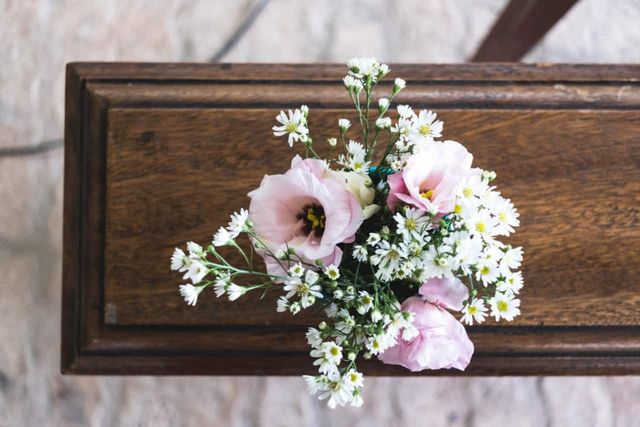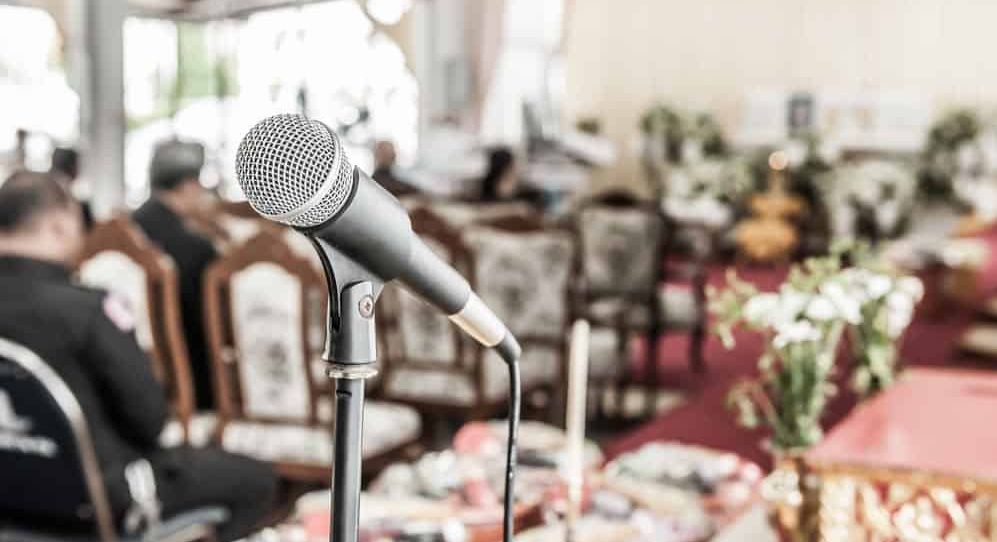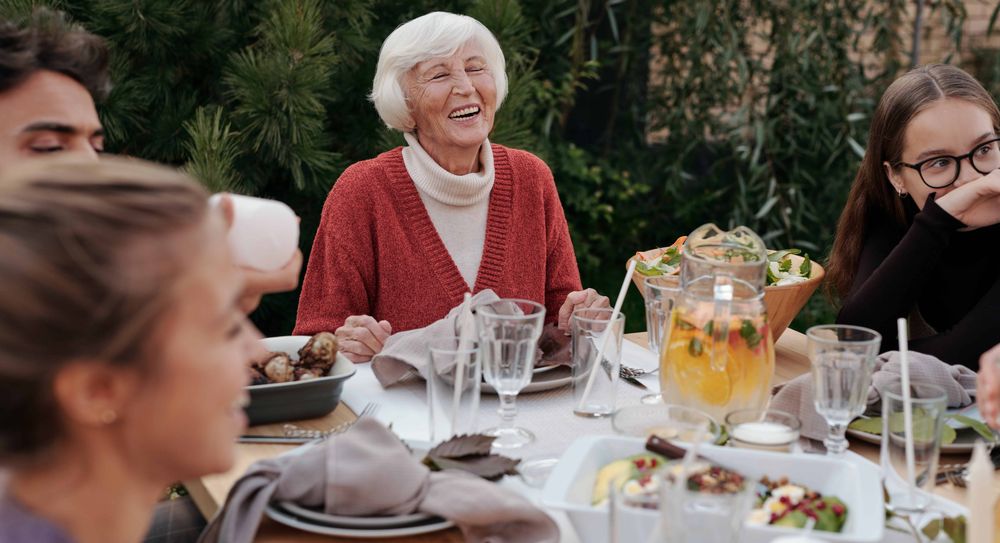Need to arrange a funeral? If the traditional route doesn’t feel quite right, you could consider a home funeral. Learn more about having a funeral service at home and see if it’s the right option for you.
Can you have a funeral service at home?
Yes, you can have a funeral service at home. You can hold an entire funeral service at home or just part of it. There’s no legal requirement to have a funeral at a public venue like a crematorium or place of worship. And you’re not required to work with a funeral director either if you’d like to take care of all the preparations yourself.
Read our guide to learn more about organising a funeral without a funeral director.
If you decide to have a funeral service at home you’re not allowed to hold a cremation. But it is legal to bury a loved one at home, as long as you own the land and it’s not near a water source.
Read our guide about the alternatives to traditional burial to find out more about the rules on home burials.
Ever heard of a home funeral?
What is a home funeral? Years ago it was common for families to look after a loved one at home after they’d passed away. This was known as a home funeral. It could include laying them out so that close family members could visit and pay their respects. Some families also helped to clean, dress and prepare the body for their final resting place. But over time funeral directors have taken on this responsibility. So home funerals have become less common. Some religions still carry out home funerals so that they can prepare the person who’s died according to their particular beliefs without rushing the process.
Can you have a wake at home?
Having a wake at home is perfectly fine too. There’s nothing stopping you from holding a wake in your house or garden to celebrate the life of a loved one.
How to have a funeral at home
From taking care of the person who’s died to organising a celebrant, here’s how to have a funeral at home:
1. Take care of the paperwork
You’ll need to get a medical certificate then register the death at your local register office. You’ll then be given a certificate for burial or a cremation certificate. You’ll need this document to organise either a burial or cremation.
2. Contact a funeral director (if that's what you'd like)
You don’t have to use a funeral director if you’d like to organise everything yourself. But if you’re planning to have a funeral service at home you might still want to ask for help with some parts of the planning. Speak to a funeral director about your options. They may be able to support you with things like looking after the body and sourcing a coffin.
3. Transport the person who’s died
If your loved one died in hospital or somewhere other than at home you’ll need to organise transport to get them home. You could ask for help from a funeral director to transport them or you could do this yourself. Make sure you use a suitable vehicle to transport the body. You may also want to speak to a funeral director about the safest way to get them home if you decide to do it yourself. And you may want to ask for help from other family members too.
4. Prepare the person who's died
If you’re getting help from a funeral director you could ask them to look after and prepare the body of the person who’s died. But if you feel comfortable you can do this at home too. Embalming isn’t a requirement. But you’ll need to be prepared to keep the body cool. This needs to be done as soon as possible. And you may want to wash and dress them too. The Good Funeral Guide has details on looking after the body of a person who’s died – you may find this useful.
5. Organise a coffin or shroud
Decide on a coffin or shroud for your loved one. The type you choose will need to be made from a material that’s suitable for burial or cremation. So make sure you check this before making a final decision. There are many online shops where you can buy coffins to be delivered directly to you. This may be a good option if you’re planning on doing a lot of the preparation for the funeral at home yourself. But keep in mind that you’ll probably need help to get the coffin into the house and up any stairs. You’ll also need to think about how best to move the person who died into the coffin ready for the service.
6. Burial or cremation?
Before making the final arrangements for a funeral service at home you’ll need to decide whether a burial or cremation is right. The person who died may have left their final wishes behind or maybe you talked about it with them. Whatever the decision you’ll need to make the necessary arrangements to have the person taken to the burial ground or crematorium after the home funeral. Again, you might want to ask for help from a funeral director to transport the person. Or you may decide to do it yourself. Think about how long you’d like the funeral to last and what time you’d need to take the person to their final resting place. You may even decide to keep the person who died at home a little longer so that they’re at the wake after the funeral service.
7. Organise a celebrant
If you’re having a funeral at home you can hire a celebrant to lead the service or you could ask a close family member to lead it. You could even ask more than one family member to take part. It’s completely up to you. And it’s an excellent way of adding a more personal touch to the ceremony.
8. Choose flowers, readings and music
Having a funeral at home is an opportunity to adapt the service in any way you’d like. You might want to choose religious readings and hymns or perhaps reading poetry or song lyrics is what your loved one would have preferred. You might choose to have flowers or you might not. There’s no need to follow the structure of a traditional funeral service at home. Keep things informal and share stories about your loved one instead, if that’s what feels right.
9. Put together an order of service
If the home funeral service you’re planning is going to follow a structure (whether it’s traditional or not) you might want to put together an order of service. This can be professionally printed or home-made. It will give other family members and friends an idea of what to expect at the service and how they can participate.
10. Send the invitations
Once you’ve organised the funeral you can get in touch with family and friends to let them know when the service is. Don’t forget to include where they should park if they’re driving and what the dress code is. It’s also a good opportunity to ask them to bring anything along for the wake if you’re having one at home after the funeral.
We hope this article has helped you decide out if having a funeral at home is the right choice for you. For more help with funeral planning visit our funeral advice centre.
Photo by Mayron Oliveira on Unsplash.





